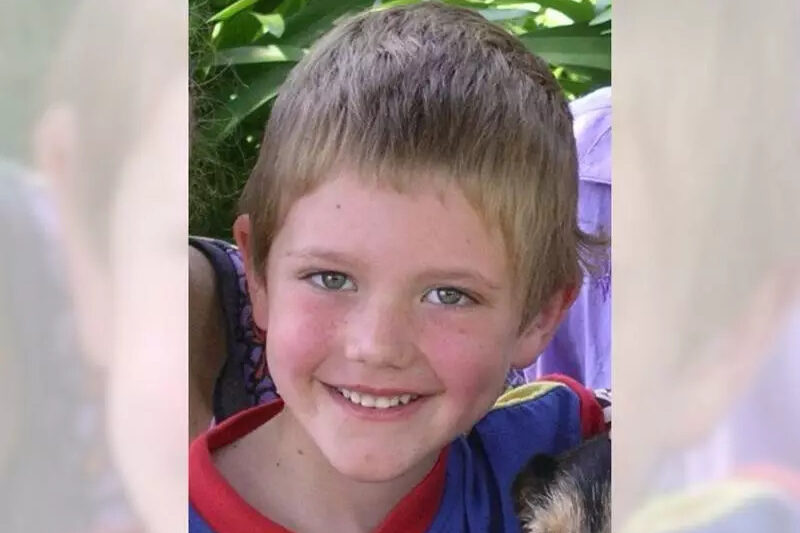
October in Canberra brings two important environmental events, breeding season for frogs, and the annual FrogWatch census.
Covering 220 sites, the citizen science project sees volunteers record frog calls all across the region, helping to build a database of the at-risk local frog populations.
“Frogs are excellent indicators of a healthy and diverse ecosystem,” says Anke Maria Hoefer, co-ordinator of ACT Frogwatch, part of the Ginninderra Catchment Group team.
But, she says frogs are in “dire straits” worldwide.
“There are lots of threats. One is habitat destruction, we put more roads in, take out ponds, build houses on old blocks that have natural habitat, we straighten creeks,” she says.
“We’re changing the flow of water, the availability of water, and of course making it harder for animals, not just frogs, but generally for animals, to move between different habitats.
“And there’s internationally, a sickness, a bit like our COVID-19, they have their own, it’s called frog chytrid fungus, it’s a fungal infection that affects all amphibians.
“It goes into the skin, and they need their skin to breathe.
“The fungal infection changes their skin and they die of cardiac arrest at the end.
“We also have introduced species like cats or foxes and, of course, some dogs like to eat frogs.”
With so many factors affecting the Canberra frog population, Anke Maria says FrogWatch is an important engagement tool, and encourages everyone to get involved.
“We have little kids that drag their parents along or their grandparents, we have work colleagues that do it as a bonding exercise. It’s so nice,” she says.
“And lots of retired people that want to give back and do something.”
It’s also very straightforward, says Anke Maria, with FrogWatch setting up sites that residents can “adopt” as those who take part across multiple years become familiar with the environment, and some even learn how to identify different species from their call.
“Only the males call,” says Anke Maria.
“They call and advertise where they are. They stay put and the females listen and find the males. Their mating call, that’s what we hear.
“Most of our frogs are small, greyish, brownish and hard to spot, but we can hear them, and each species has a specific call.”
All the necessary information on how to record these calls is provided at the training sessions, which are mandatory, Anke Maria says.
These training sessions will take place on September 24, at the Australian National Botanic Gardens, and September 25, at the Jerrabomberra Wetlands Offices in Fyshwick.
“People come to the training, then they choose a site, or several sites, that they want to monitor,” she says.
“We want them to go there during the day and have a day visit, […] because at night everything is so different and you don’t want to get lost.
“Next one is the three visits during October at night, you go out during the first three hours after dark, and usually a visit takes maybe 15 [minutes], if you’re very excited, half an hour. It doesn’t take too much of your time.
“You arrive, you have a thermometer that’s provided, you take the air temperature, the water temperature, you look at the cloud cover, is it windy?
“You write these things down, and the time, and then you turn your light off and do a three-minute recording, a recording of the frog calls, or if there are no frogs calling you still do that.”
Anke Marie says all this data is uploaded to the online platform Canberra Nature Mapper.
It is then verified by her, ensuring all data is accurate.
Last year, Anke Maria says FrogWatch had more than 600 surveys returned to them, and they’re hoping to see the same level of enthusiasm this year.
But, she says, many people often forget about frogs and the pivotal role they play in the food chain.
“We still have the idea that Canberra is the bush capital, and there’s always enough, and more of that somewhere else, and they’re not protecting what’s already there,” says Anke Maria.
“We really need to change in the ACT, to see that even our back gardens and front gardens, they are part of a landscape ecosystem, and we have a responsibility to open these gardens for all animals and native plants so that we can help.”
Volunteer at ginninderralandcare.org.au/frogwatch or email frogwatch@ginninderralandcare.org.au.
Who can be trusted?
In a world of spin and confusion, there’s never been a more important time to support independent journalism in Canberra.
If you trust our work online and want to enforce the power of independent voices, I invite you to make a small contribution.
Every dollar of support is invested back into our journalism to help keep citynews.com.au strong and free.
Thank you,
Ian Meikle, editor




Leave a Reply